Whether you fly in from Munich or Frankfurt, Berlin remains a must-visit in Germany for its rich history, cultural importance and diverse culinary offerings. Four hours by high-speed train from either city, it’s worth a stop to explore for a few days. And the graffiti-sprayed and free-spirited neighbourhood of Neukölln is the perfect testament to Berlin’s layered history and radical individualism.
Once a separate city, Neukölln was incorporated into Berlin in 1920 and later became part of American-occupied West Berlin. Ever since, this district has become a sanctuary for immigrants seeking new beginnings and home to one of the city’s most diverse populations since the late 1950s. Today, its multicultural heritage and working-class roots continue to define the district.
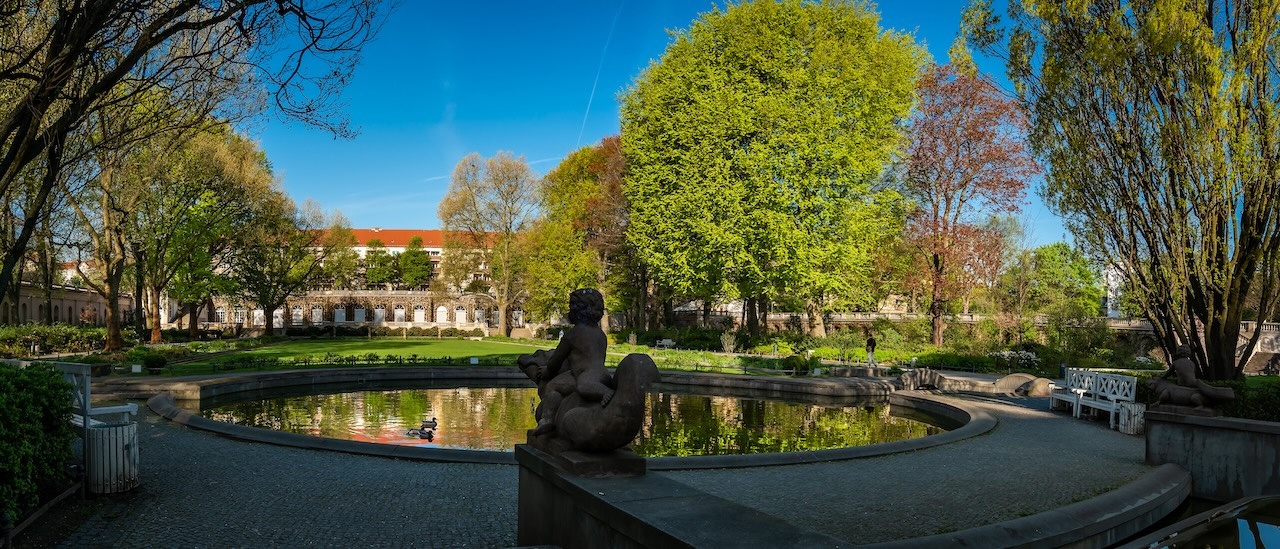
Shops and markets sell everything from second-hand fabrics to Levantine spices. Bars and restaurants occupy converted parking lots and department stores. You’ll struggle to find a building façade that hasn’t been tagged by graffiti. It may be a lot to take in, but no other neighbourhood in Berlin has the same passion for self-expression and creative risk-taking.
Neukölln’s character is eclectic, unpolished and always looking forward – and that’s exactly how locals like it.
Get started with great coffee
Isla on Hermannstrasse has been a neighbourhood favourite for nearly a decade, thanks largely to its sustainable, zero-waste ethos. Plant-forward brunch plates highlight seasonal produce, and even leftover steamed milk from lattes is transformed into creamy ricotta.
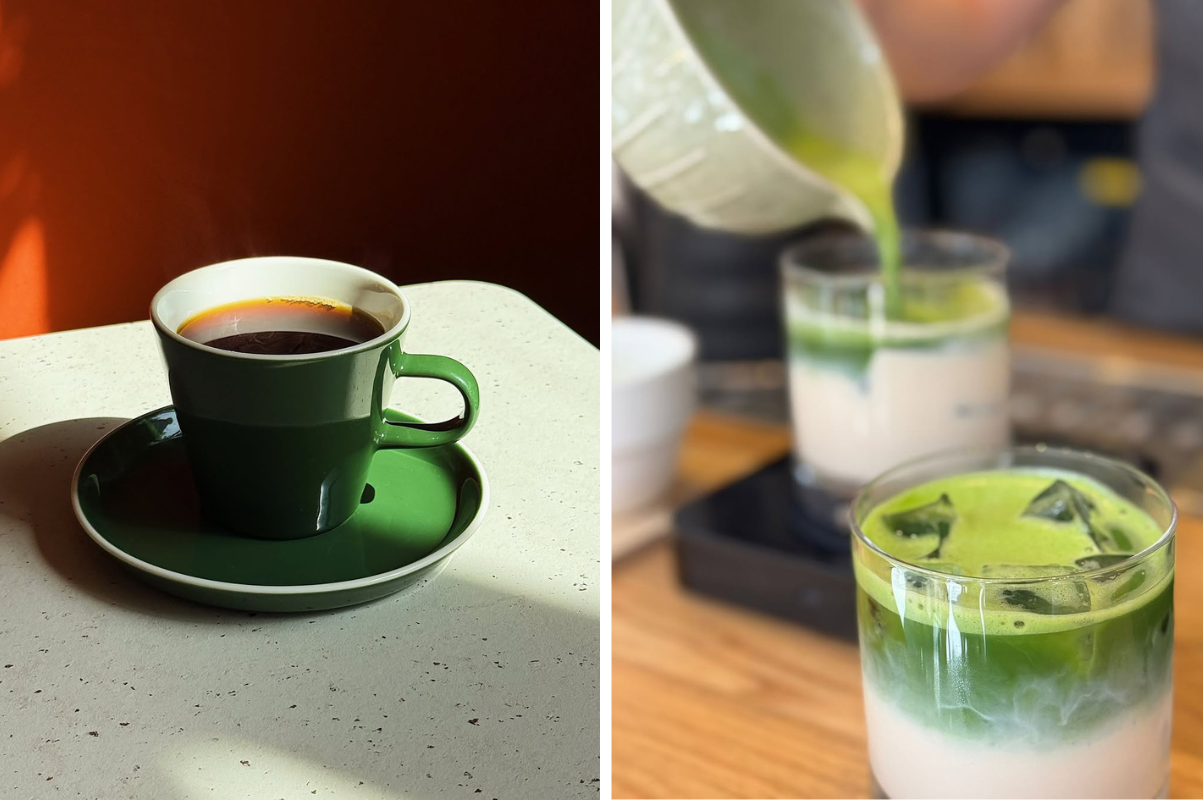
At The Barn, one of Berlin’s best-known roasters, a 15-seat communal table anchors a warm, brick-and-oak interior. Single-origin beans from Ethiopia to Brazil fuel excellent flat whites, while lemon poppy seed cake and other pastries make for ideal pairings.
Where history meets hedonism
Few places embody Berlin’s free-spirited streak like Tempelhofer Feld. Once a military parade ground, and later the site of the 1920s airport and Cold War airlift, it was reclaimed by the city in 2008 after the airport closed. Today, its vast runways and lawns are a playground for cyclists, skaters, kite-flyers and avant-garde art performances.

Cinema buffs gravitate to Passage, a neoclassical theatre first opened in 1920 during the golden age of German film. Shuttered in 1968 and used as a warehouse for two decades, it was restored in 1989 and recently redesigned with its retro charm still intact.
For a more raucous night out, head to Theater im Keller, Berlin’s oldest drag cabaret. Known for witty, high-energy performances that blend humour, music and dance, it’s a Neukölln institution. Stay after the show for tapas and Spanish fare in the theatre’s foyer gastropub.
Hunt for vintage finds
Neukölln hosts some of Berlin’s most distinctive second-hand boutiques.
Ironic Gallery captures the neighbourhood’s creative energy with a mix of graffiti-inspired fashion, art books and 90s memorabilia. Its racks hold everything from custom Dior jeans to vintage Christian Lacroix, while exhibitions and collaborations add to the space’s deliberately disruptive aesthetic.
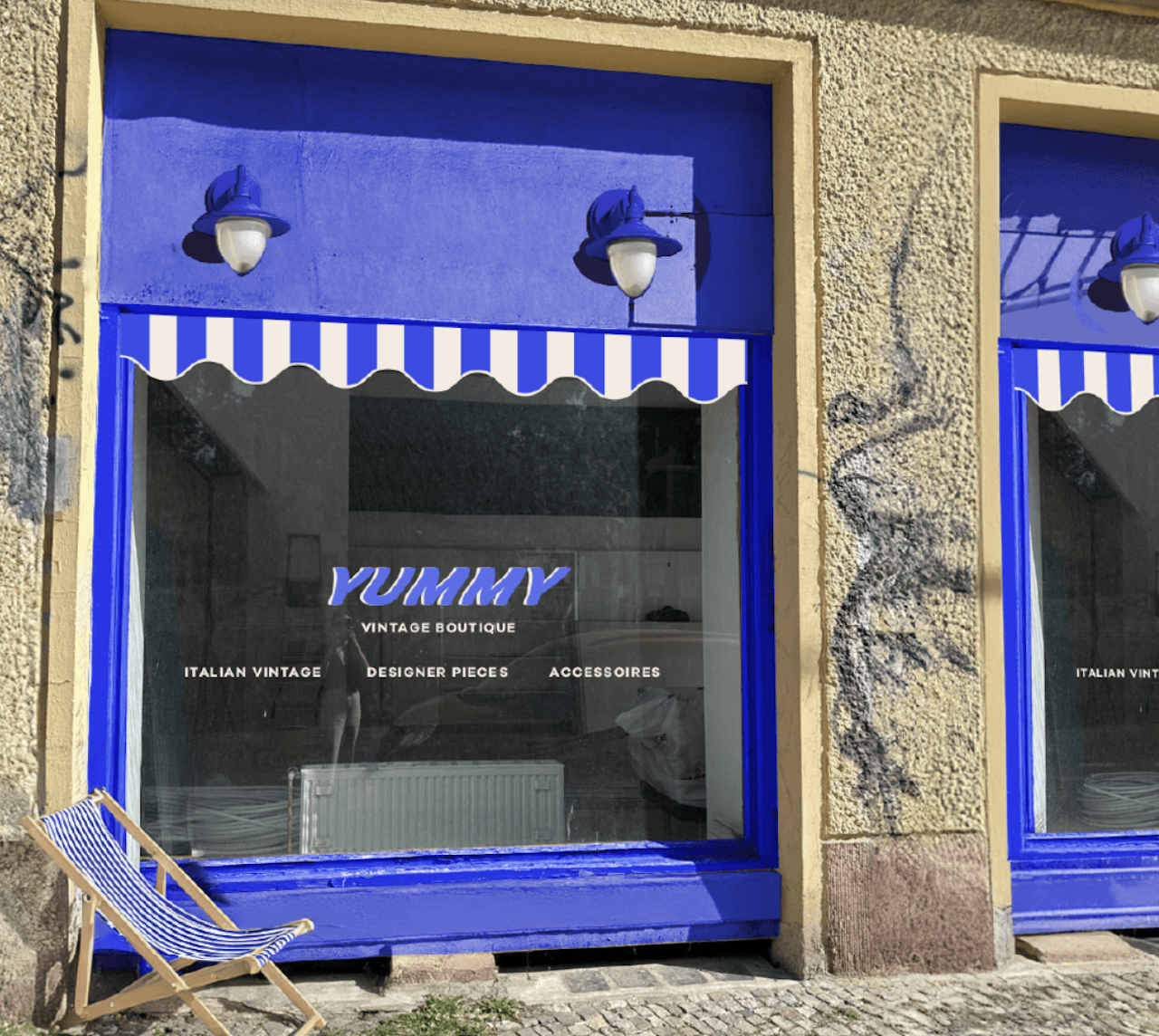
For something more sun-soaked, Yummy Vintage reflects the Mediterranean sensibility of its Italian founder. Since 2016, the shop has specialised in handpicked pieces sourced from Italy and beyond, offering timeless clothing and accessories for both men and women.
Then there’s Juno Juno Shop, opened in 2018 by the lead singer of music duo Juno Francis. Now a cult favourite, it draws style-seekers with rare dresses, cowboy boots and other hand-picked statement pieces. Its success has even led to a sister location in Gothenburg, Sweden, but the Neukölln original remains a fixture for the city’s slightly more extravagant, style-conscious crowds.
Raise a glass to creativity
At Velvet, the bartenders practise what they call “seasonal drinking.” Herbs and plants foraged in and around Berlin are transformed into tinctures, cordials, liqueurs and cocktails, with new ideas tested every Tuesday at their in-house lab session. For the full experience, order the tasting menu: 10 small, seasonal sips served in vintage glassware.
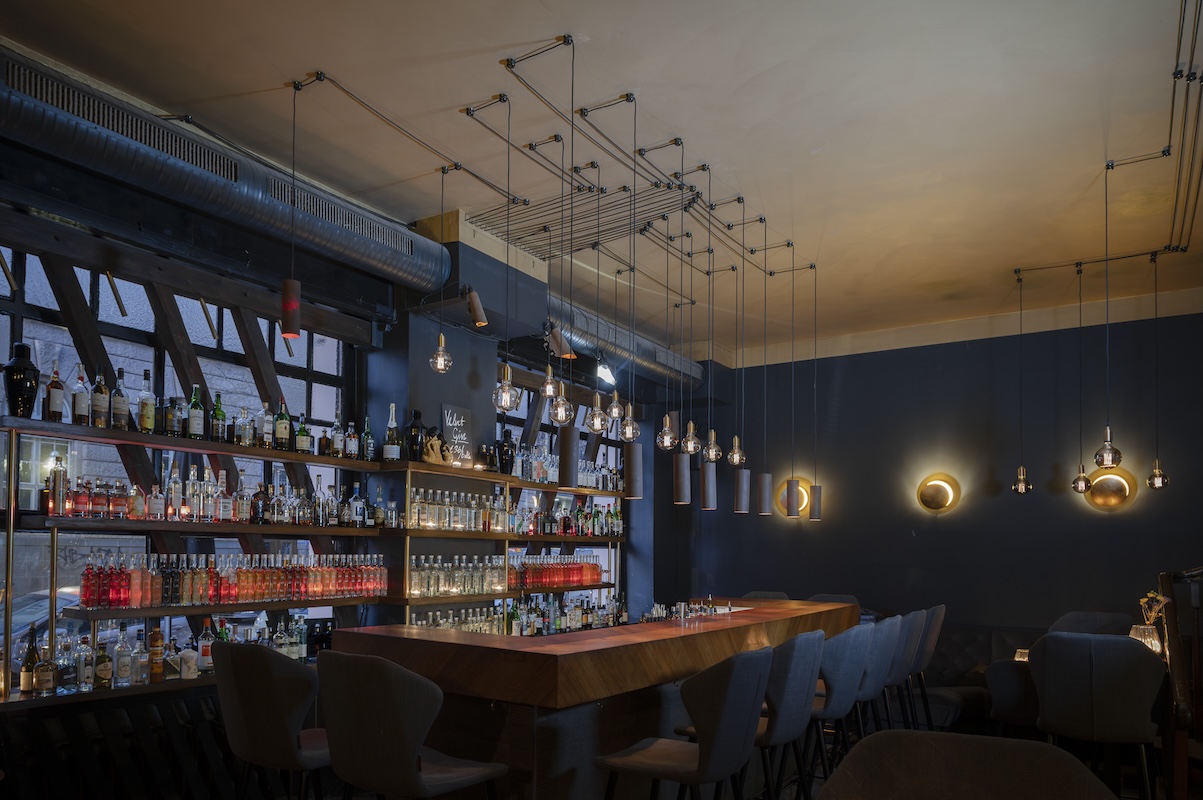
Beer lovers flock to The Muted Horn, renowned for one vof Berlin’s best craft beer selections. More than 20 taps pour everything from hop-forward IPAs to ciders. The bottle list, heavy on Belgian lambics and sour ales, might be even better.
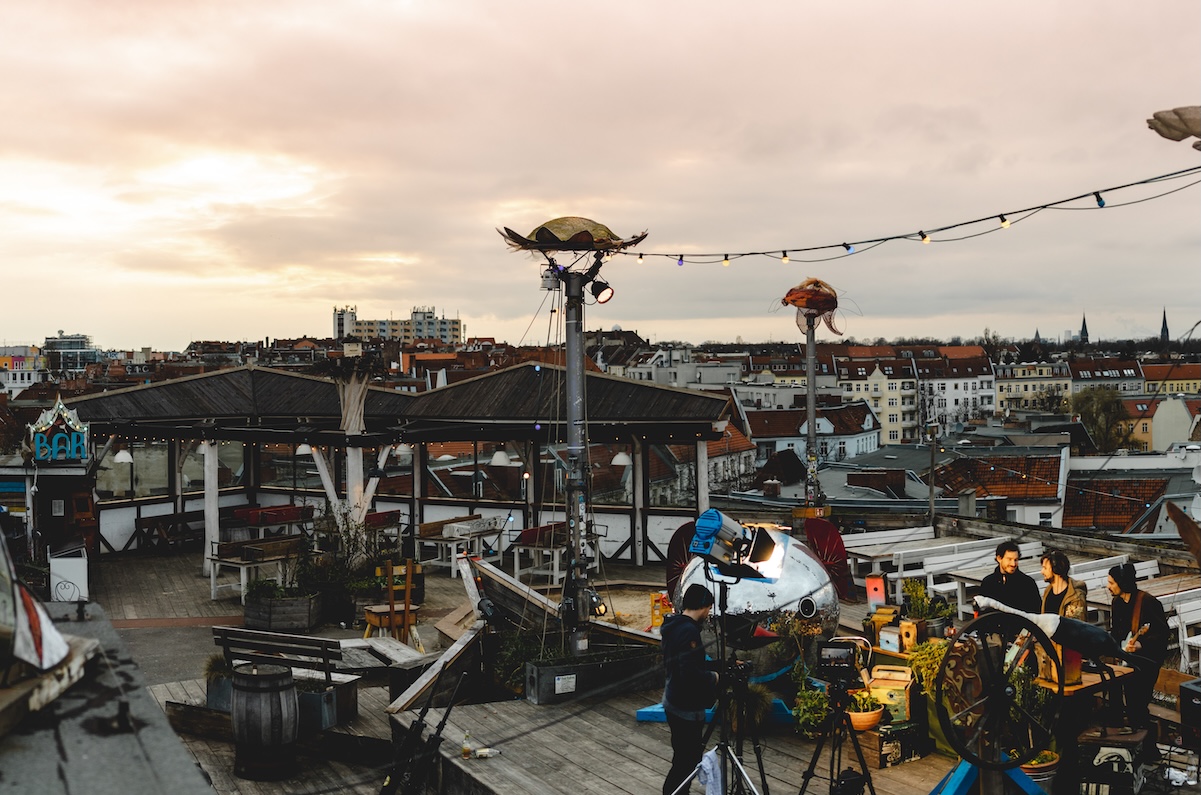
For something unique to the neighbourhood, head to Klunkerkranich, a rooftop bar, nightclub and garden built atop a shopping mall. With sprawling city views, a spacious terrace and an easy-going vibe, it’s the place to catch sunset drinks and hang out late into the night.
Eat your way through the neighbourhood
Neukölln has quickly risen to the top of Berlin’s dining map with a line-up of restaurants as eclectic and diverse as the neighbourhood itself. Today, Michelin-starred tasting menus sit comfortably alongside Turkish kebab shops, Levantine kitchens and Neapolitan pizzerias.
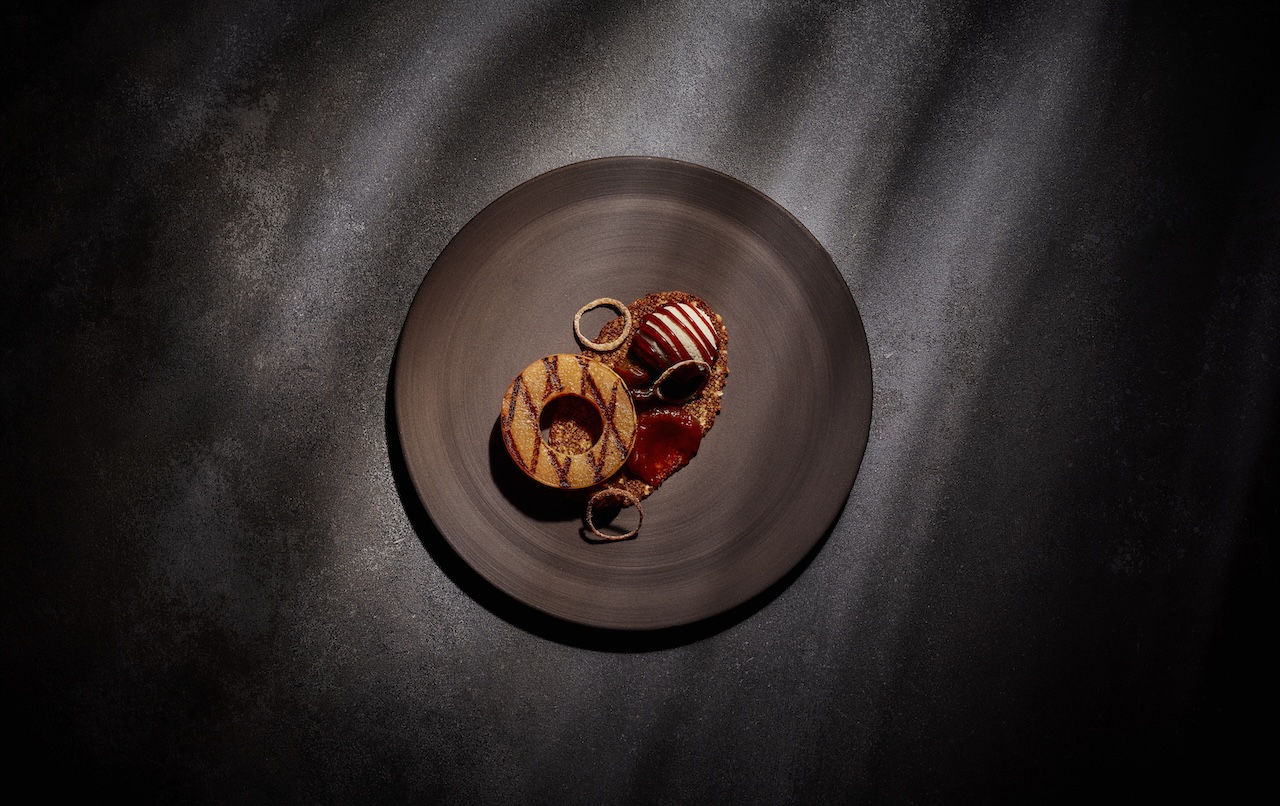
At Coda, chef René Frank redefines both dessert and fine dining. His inventive, dessert-only tasting menus often lean savoury, with no refined sugar in sight – even the chocolate is crafted in-house from cacao beans.
Hallmann & Klee, helmed by chef Rosa Beutelspacher and founder Sarah Hallmann, turns regional produce and vegetables into refined yet unpretentious dishes. They always keep a few tables for walk-ins, too, offering an à la carte menu for spontaneous dinners.

For something more laid-back, newly opened Kalle Halle brings a cosmopolitan edge to the former Quelle department store. This sprawling 2,300m2 food hall houses 12 restaurants and two bars, serving everything from Sardinian specialities to South Indian curries, ramen, seafood and burgers.
Shop with the locals
Germany is home to around three million people of Turkish origin, and Berlin – especially Neukölln – is the heart of this community.
On Tuesdays and Fridays, the Turkish Market transforms Maybachufer, the street along the Landwehrkanal, into a lively bazaar. From late morning until evening, more than 150 vendors offer everything from fragrant spices and sun-dried tomatoes to baklava, kebabs and fresh produce. It’s one of Berlin’s busiest weekly markets and a true taste of the city’s multicultural spirit.
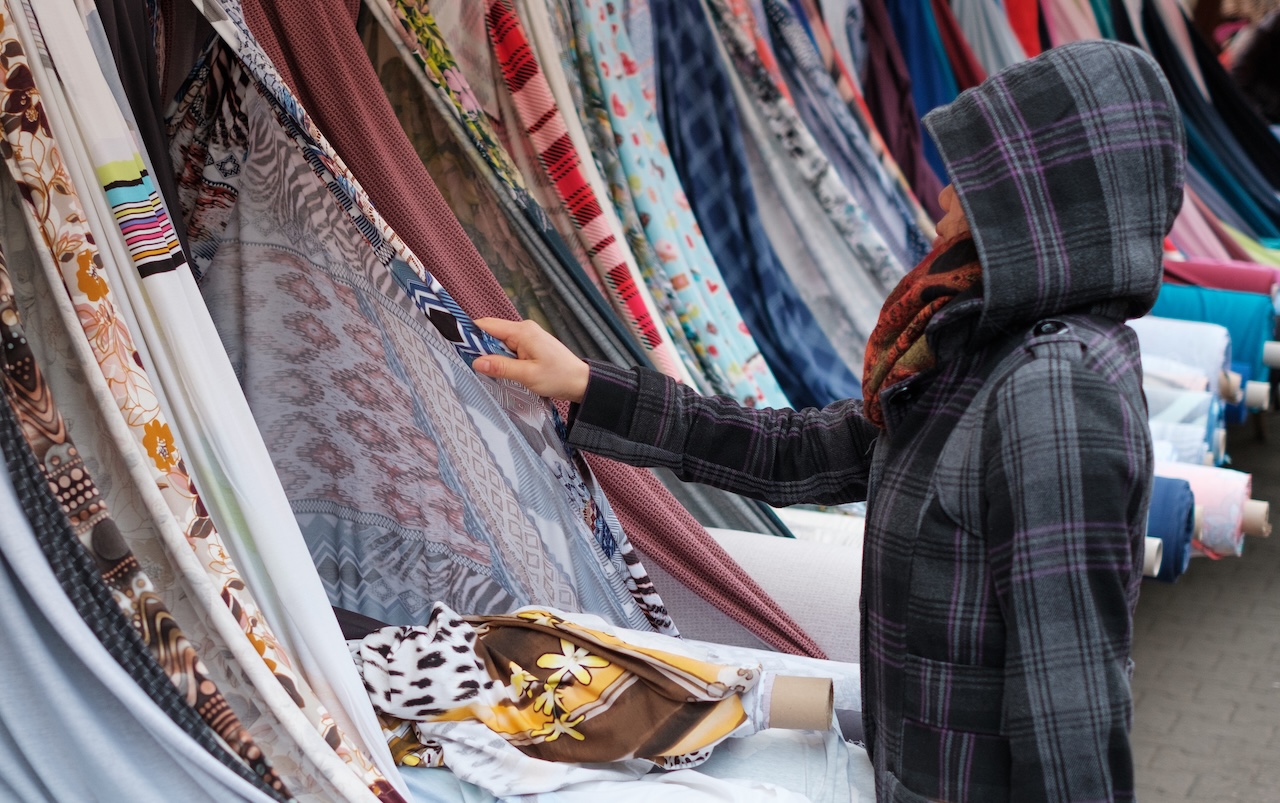
Saturdays bring a different scene to the same stretch. The Stoffmarkt (fabric market) turns Maybachufer into a showcase of crafts, textiles, jewellery and sustainable fashion. Browse the stalls, pick up a handmade souvenir and then settle by the water with snacks from the market for an impromptu picnic.
Find your inner calm
Körnerpark is Neukölln’s hidden garden, a sunken stretch of manicured lawns, cascading water steps and a central fountain framed by canals, hedges and plane trees. Its jewel-box setting also houses the Galerie im Körnerpark, a cultural hub hosting year-round exhibitions and free concerts such as the Summer in the Park series.

For a different kind of retreat, visit Stadtbad Neukölln. Opened more than a century ago, this historic bathhouse, with its grand columns, mosaics and dome, feels like a Wes Anderson film set come to life. Swim laps in the 25m pool or unwind in the sauna for a meditative end to a holiday in Berlin.
Feature image credit: Maurice Tricatelle/Adobe Stock
For more information on Singapore Airlines’ flights to Berlin, visit singaporeair.com.


